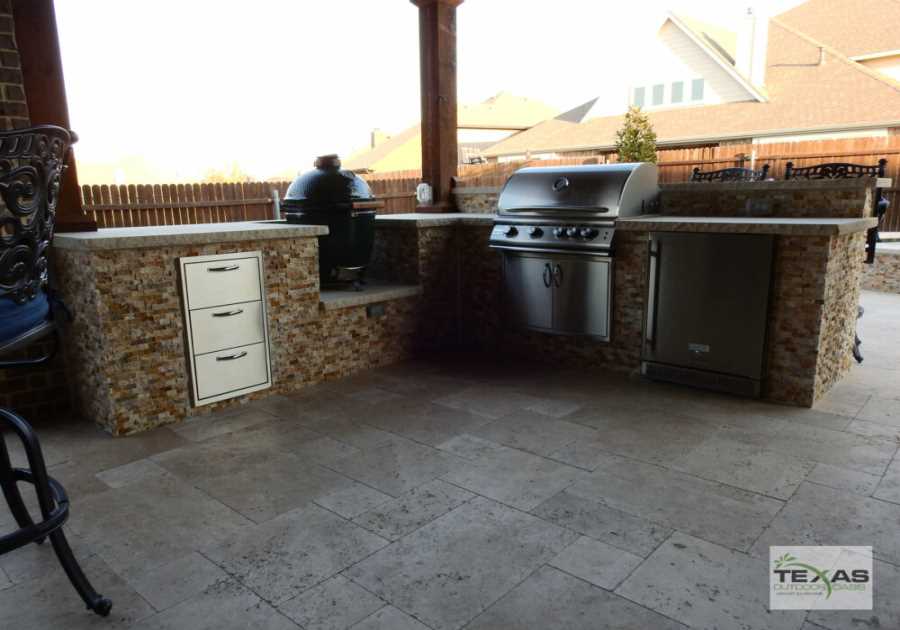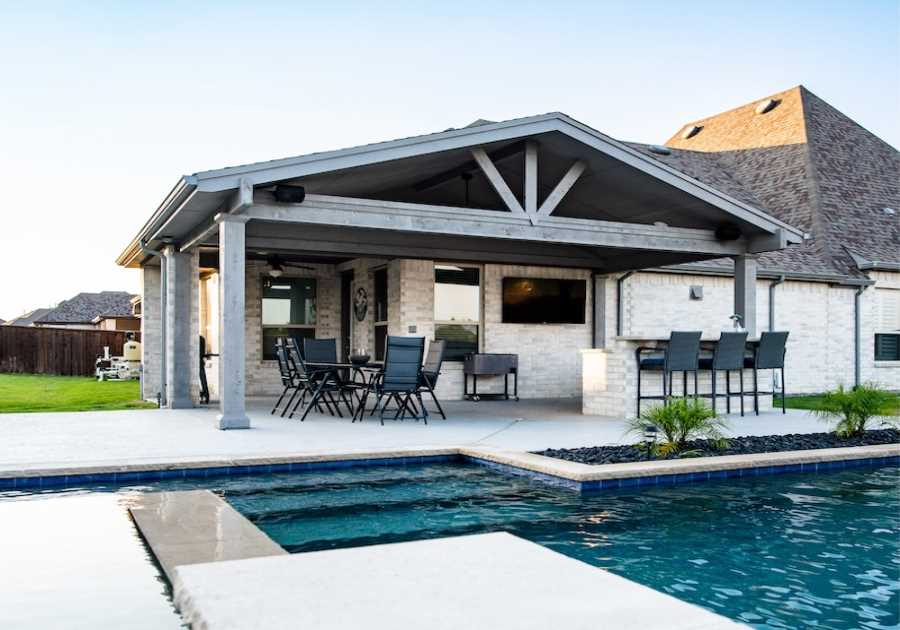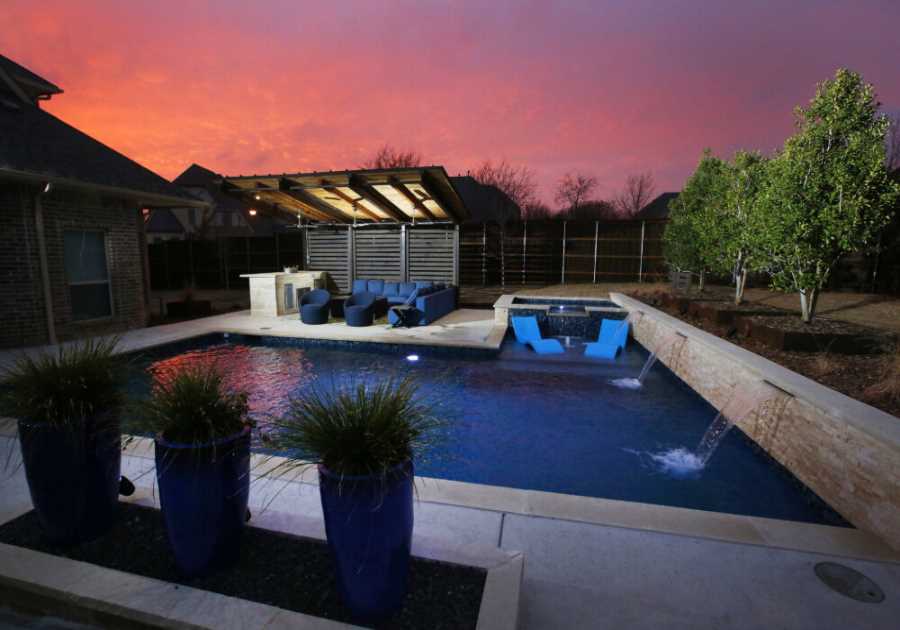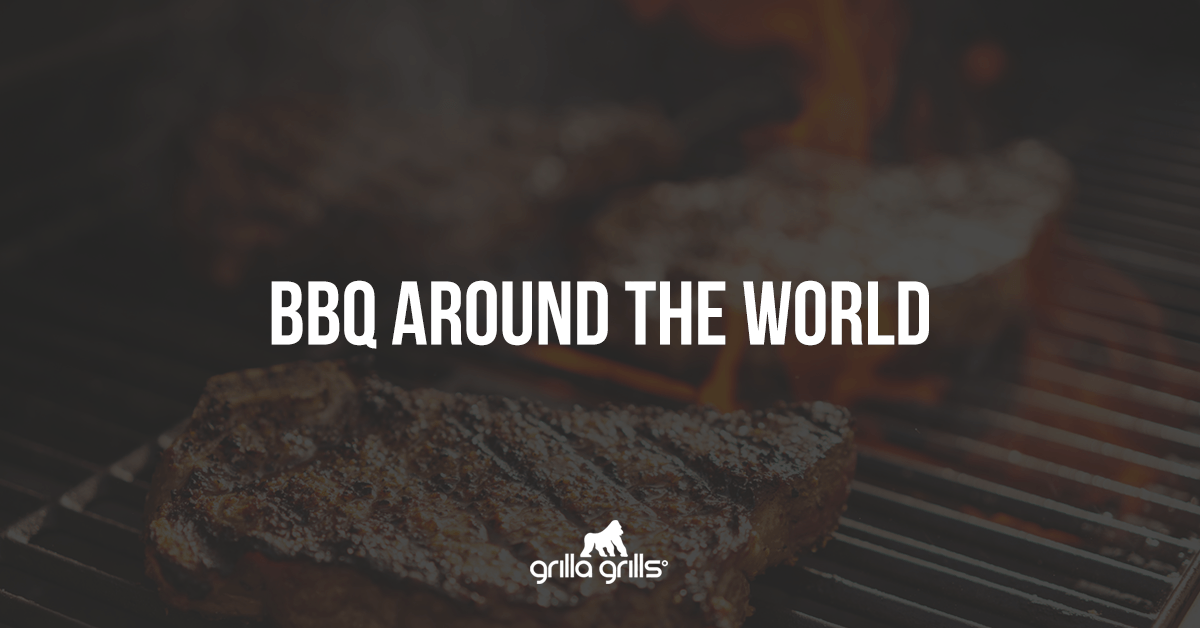
Updated February 2021
If you love barbecue, you know it’s more than hotdogs and hamburgers on the Fourth of July. Grilling, smoking, searing and cooking meat is a culture, one that varies in every country and region. Pitmasters and novices alike know every step matters, from prepping the meat to the fuel you use to cook.
But barbecue covers so many types of delicious meats and cooking methods. Our guide to worldwide barbecue will take you through the history of the word, what makes BBQ what it is and how different countries interpret it in their cultures.
A Brief History of BBQ
When it comes to the origin of BBQ, the answers are relatively unknown. As far as recorded history goes, the story is that the knowledge of barbecuing began to spread when the Spanish first traveled to the Caribbean islands. However, it’s almost certain that the basics of this now popular cooking technique have been around for thousands of years.
No one is quite sure of the root of the term barbecue, which would typically provide some insight into its invention as a whole. It’s easier to determine the origin of the word through lexicography. The word may have started with the Taino term “barabicu,” meaning “sacred pit,” which they used to refer to cooking animals whole over a pit of fire and smoke. It’s said that the Spanish “barbacoa” comes from their description of the native peoples’ methods of cooking meat.
The Spanish observed that rather than simply grilling or roasting their meat, the natives cooked it slowly over a wooden platform. Their journals of their findings prove that traditional barbecue methods predate the Spanish influence on the New World, meaning people were enjoying barbecued meats long before 1539.
After that period, artists began to create paintings and engravings of the barbacoa and writers included some of the first recorded uses of the word barbecue in their literature. Theodore DeBry published engravings based on paintings by French explorer Jacques LeMoyne in 1591. One includes imagery of the native peoples smoking foods.
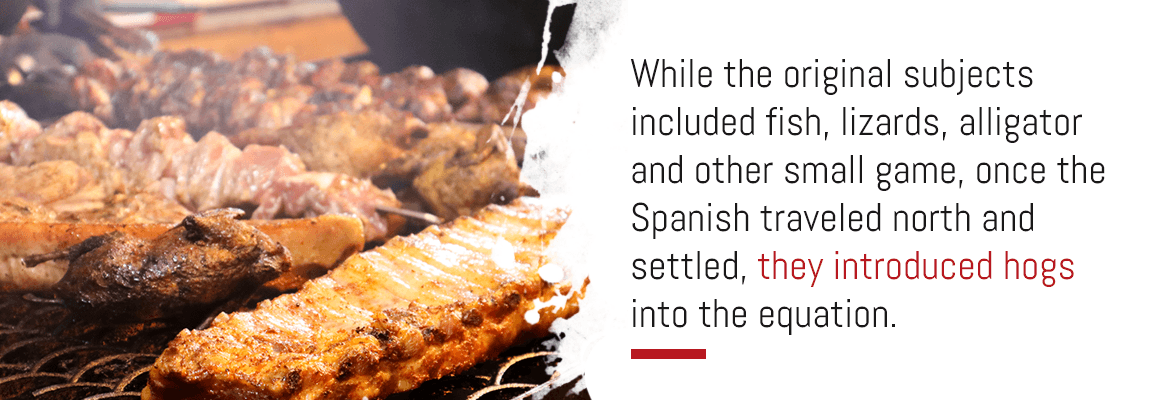
While the original subjects included fish, lizards, alligator and other small game, once the Spanish traveled north and settled, they introduced hogs into the equation. Since then, the technique spread and popularized, branching out to include new forms of cooking and types of protein, all accompanied by regionally-specific ingredients, wood types and spices. One thing is for sure — pitmasters and meat-lovers alike are appreciative of the barbecue origin story.
Defining Characteristics of BBQ
While barbecue varies greatly from country to country, there are a few characteristics that remain the same across the board. However, people have different opinions about what classifies as “real” BBQ. Ultimately, it’s a broad umbrella term that covers many different varieties of cooked meat.

The most significant factor is the smoke. All varieties of barbecue involve some type of smoke, which helps to cook and flavor the meat. Typically, it also involves fire, but there are methods of smoking where the meat is not directly exposed to flame. As far as the direct method of cooking goes, the long list of styles includes open pit, closed pit, spit roasting, smoking, grilling and many more. The fuel source also varies from charcoal to gas to broad ranges of wood.
Many barbecue fans and enthusiasts understand and appreciate the complexities of the term. But there are also revisionists who believe barbecue has a much more condensed definition. They simplified the idea down to cooking meat with indirect heat and smoke in a closed steel pit, often using braising methods interchangeably. Some would go as far as to argue it’s the best BBQ in the world.
However, this technique is regional to the southern states of America and hardly encompasses the full range of barbecue across the world. As such, most people disagree with the revisionist definition.
Types of BBQ by Region
Lovers of barbecue know that it looks and tastes different depending on the region. In countries all over the world, the central characteristics of heat and smoke remain the same, but each culture presents different cooking methods, preparation styles and popular cuts of meat. Here are some of the most popular BBQ types, cooking styles and dishes from around the world:
Asia
Barbecue has a long history in Asia. Here are five countries with unique styles of barbecuing.
1. Japan
If you’ve ever ventured to an authentic Japanese restaurant, you might recognize their appreciation of barbecue. In Japan, many forms of BBQ are popular street foods, cooked and served on skewers. But in the United States, you can find yakitori on just about any appetizer list.

Yakitori is relatively simple, usually consisting of small pieces of chicken on skewers, either flavored with a teriyaki sauce glaze or seasoned with salt. Chefs cook the skewers over a thin but long rectangular clay box with a grate. It’s the perfect size for cooking the meat on the skewers without burning the wood. But they may also use an indoor hibachi, a small grill with similar construction, other than that it’s often round.
Other than yakitori, there are many other forms of barbecue in Japan, each named for the cooking method. The three most popular are:
- Irori, which refers to an indoor pit hearth sunken in the floor
- Robatayaki, which is a social experience where a chef grills all types of meat and vegetables on a tabletop charcoal grill
- Yakiniku, which is Korean in origin but is close to classic American grilling
And that doesn’t come close to covering all of their styles.
The largest common factor in Japanese barbecue is binchotan, a renowned form of oak charcoal that burns clean and is safe to use indoors. Many restaurants use binchotan or another form of charcoal as a fuel source.
2. China
Chinese barbecue is similar in many ways to the Japanese varieties. One of their most popular dishes is shaokao, which is skewered meat typically served street-side. Markets serve meats, seafood and various vegetables on skewers, seasoned and cooked on a grill as you buy for the freshest flavor possible. Along with chuan’r and several other popular skewered dishes, these meats are mostly cooked over smoldering coals on a metal grate. However, some varieties cook on a metal pan.
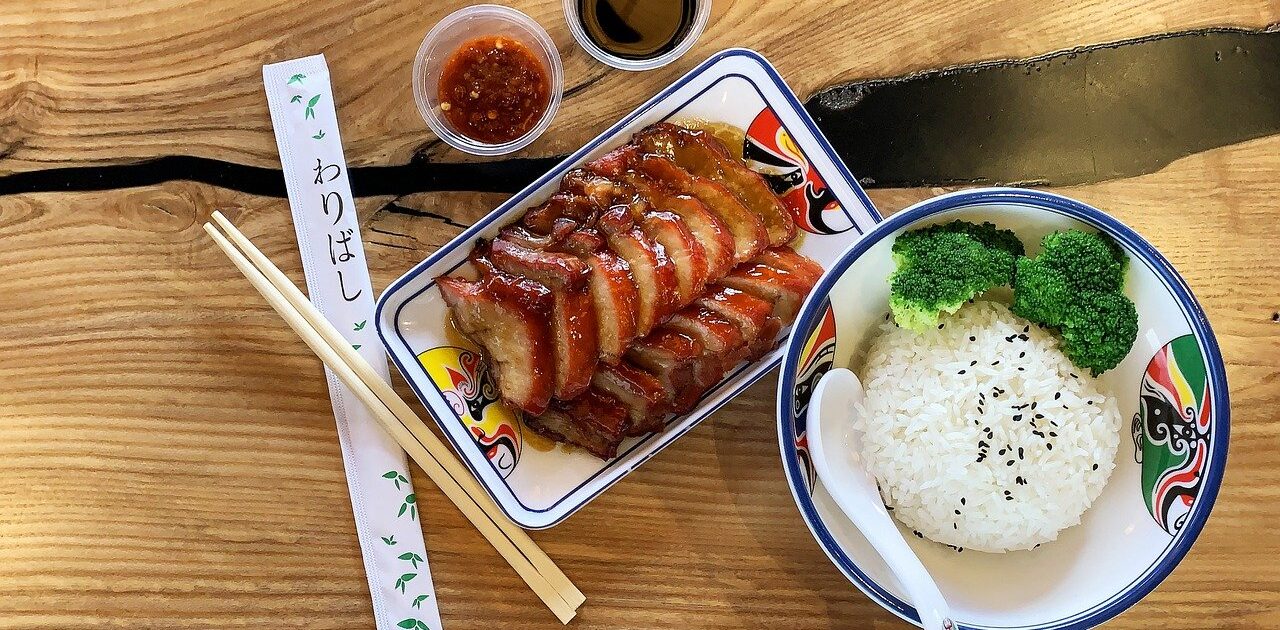
China is also known for Cantonese specialties like char siu, or “fork roast.” The process of cooking char siu involves seasoning chunks of pork with a blend of honey, bean curd, five-spice powder and other spices, skewering them on long forks and cooking the meat in a covered oven or over an open fire. The five-spice powder is also a staple of Chinese street barbecue.
3. Korea
If you know anything about barbecue, you probably know how much of a staple it is in Korea. The ultimate classic is called gogigui. At a gogigui restaurant, barbecue is a social event where diners gather around a charcoal or gas grill — either set into the table or brought independently — and cook various meats and sides together. It’s similar to fondue, except it’s a full meal.
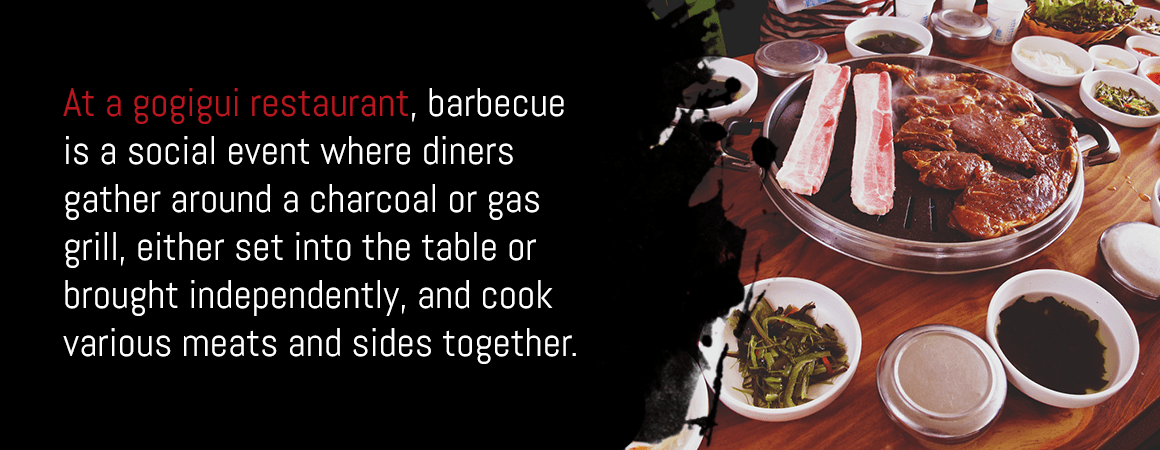
Two of the most popular kinds of meats for a gogigui are bulgogi, or marinated beef, and galbi, or beef short ribs. Bulgogi is typically marinated in a mix of soy sauce, scallions, sesame and an ingredient that naturally tenderizes the meat, such as pear. Other popular spices and ingredients include ginger, garlic and tamari. Korean barbecue wouldn’t be complete without banchan, or sides, which include a variety of vegetables and sauces.
4. India
Indian barbecue is all about the tandoor. A tandoor is an oven made of clay that has a dome-like shape with a hole at the top, and it is a signature of Indian cooking. It works similar to a cross between a classic BBQ pit and a convection oven but reaches much higher temperatures, typically around 900 degrees Fahrenheit.
Due to the construction of the tandoor, the chef cooks the meat by putting pieces on long skewers and inserting them into the oven, covering the hole. While in the tandoor, the meat bakes in its own smoke, leaving it juicy and providing a unique flavor.
In India, the most common choice for meat is chicken, but they also cook several other types, such as fish, beef and lamb. They also use flavorful marinades, many of which involve a mixture of dry spices, such as masala, and yogurt. Tandoor ovens also allow chefs to cook naan and other breads — which are served with the meat — by sticking them to the inside of the oven wall.
5. Philippines
Originating from Spanish influence, lechon is the Philippines’ most popular form of barbecue. It’s so popular that it’s been the national dish for over 130 years. It also shares a familiarity with the BBQ methods of the Caribbean and Pacific islands.
Lechon consists of an entire pig, roasted to perfection. Chefs skewer the pig and cook it spit-style over an open pit of charcoal for several hours. This form of slow-roasting results in tender meat surrounded by thick, crispy skin.
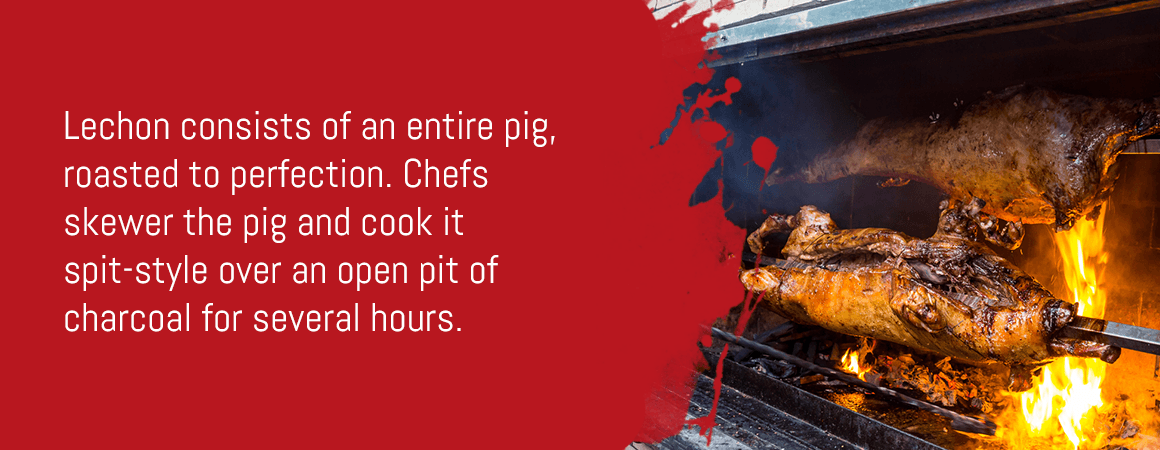
Before the pig hits the coals, the cooks prepare it in one of several ways. Typically, they rub the outside with coconut water, milk or soy sauce and stuff the inside with lemongrass, leeks, garlic, salt and batuan fruit. They also baste it throughout the roasting and tend to the meat often. With so much care throughout the process, there’s no need for any BBQ sauce.
Eurasia
The two most popular types of Eurasian barbecue come from Turkey and Russia.
1. Turkey
Turkey is all about kebab. While it’s a big part of the cuisine in most countries throughout the Middle East, it’s most often associated with Turkey. There is a broad variety within the term kebab, including small and large cuts of meat, multiple types of protein, vegetables and several shapes.
Shish kebab is a popular variety, consisting of chunks of meat and vegetables on wooden skewers and cooked on a small grill. Adana and Urfa kebab are both named for their origin cities and, while still grilled over charcoal, are made of minced lamb and spices molded around a rectangular skewer. The variety most people think of when they think Turkey, however, is the doner kebab, a large rotating column of chicken, beef or lamb roasted on a vertical spit and sliced into thin ribbons with each serving.

Each type of kebab features different kinds of spices and cooking styles, meaning there are countless combinations. Two of the most common forms of barbecuing are charcoal grilling and vertical spit roasting. Some of the most commonly used spices for seasoning kebab include cumin, sumac, paprika and red pepper flakes for spice.
2. Russia
Similar to Turkish barbecue, one of Russia’s most popular grilled meats is the shashlik, a form of shish kebab. The chunks of meat are typically large, and to be authentic, the skewers must be shampuri, which are made of thick metal. Different from many of the other types of skewered meat dishes, chefs cook shashlik over a mangal, a long, rectangular metal box filled with hot coals. The edges of the shampuri rest on the sides of the box, cooking the meat without any wire grill.

Shashlik also has a particular flavor, achieved by preparing the meats with acidic or alcoholic marinades and spices. Cooks can use onions mixed with vinegar, kefir, pomegranate juice, wine or even a splash of vodka to marinate the meat, depending on the desired flavor. They may also use a variety of spices and herbs, including the ever-versatile paprika.
Africa
South Africa and Morocco offer some prime examples of African barbecue.
1. South Africa
In South Africa, braai is the king of barbecue. It’s not as much a specific dish as it is an event, contributing to the list of social barbecue experiences. Braai refers to both the custom of grilling outdoors and the meats that come from such an occasion. The popular meats for a braai include boerewors, or pork and beef sausages; sosaties, or skewers of chicken and lamb; and biltong, which are a variety of meats prepared like jerky. Some also choose various types of seafood, such as lobster and fish.
All of the meats are potluck-style contributions, so participants can choose their favorites. They then cook the selections on a grill that uses wood as a fuel source, also called a braaistand. The most stylistic part of the barbecue that makes it uniquely South African is the dry rub. Their dry rub consists of a blend of black pepper, cayenne, allspice, coriander, nutmeg, cumin, paprika, cloves and garlic powder.
2. Morocco
Northern Africa is also big on BBQ, with Morocco serving as an excellent representative. In Morocco, anything can make a delicious barbecue, from fresh fish to sausages to whole-roasted lamb. Grilling is a central part of their food culture, and many towns have several outdoor wood and charcoal grill spots throughout their streets. Whereas many other countries prefer low coals, Morrocan cooks don’t shy away from a high flame. However, indoor pits are also prevalent.
The spices and flavors are what make the barbecue original. Moroccan chefs use sweet flavors, like dates, apricot and honey, or marinades, like harissa and chermoula. Some of the most popular spices include cinnamon, cumin, cayenne, cardamom, saffron, cloves and nutmeg, but one of the most unique flavors to the region is preserved lemon.
The Americas
Many countries in the Americas besides the United States are known for their distinct BBQ styles.
1. United States
The United States, especially the southern states, is known for its classic backyard BBQ culture. From hotdogs and burgers grilled over charcoal to briskets smoked for hours, there’s no doubt that it’s a great country for barbecue.

Ultimately, the grilling technique depends on the meat itself. Some pitmasters use large metal grills and smokers for slow cooking big cuts of meat, while some prefer to spit roast a full pig. Others like to flash grill steaks, shish kabobs and burgers on their backyard BBQ. America’s grilling culture is the result of influences from around the world.
There’s also a broad variety of meat preparation techniques, from marinades to sauces to dry rubs. Thick barbecue sauce is prevalent in the southern states, often used in dishes like pulled pork sandwiches and racks of beef or pork ribs.
Dry rubs are popular for steaks and slow-cooked cuts, but pitmasters often have a difference in opinion about what makes the best rub, from simple salt and pepper to additions like hot spices and even mustard. Marinades are usually used for chicken, but also make appearances in other forms of meat and shish kebabs.
2. Mexico
Mexican BBQ has a long history, influenced by the cooking styles of the Taino peoples. Their most popular dish, barbacoa, is the root of the modern term barbecue. Barbacoa can consist of sheep, lamb, goat, beef and occasionally pork. Chefs prepare the barbacoa by wrapping it in maguey leaves and slow cook it in an underground pit, which they also cover with the same maguey leaves.
The result is tender, pull-apart meat that is often served in soups and tacos. The leaves act as a seasoning for the meat, giving it a distinct flavor vaguely similar to tequila. Barbacoa is rich and fatty, and some of the world’s best BBQ.
3. Hawaii and the Pacific Islands
Island cultures are also big on BBQ, and often make it into a social event. In Hawaii, kalua involves cooking a whole pig by stuffing it with hot rocks, wrapping it in banana leaves and burying it in an underground oven fueled by mesquite, which is called an imu. It’s slow-cooked for several hours before pulling it out. While most other countries have abandoned earth oven cooking, many cultures throughout the Pacific Islands still use underground pits as a prevalent barbecue technique.
Australasia
Not to be outdone, Australia and New Zealand also have their own unique BBQ cultures.
1. Australia
Australian BBQ culture is somewhat similar to the United States’, as one of their most popular barbecue dishes is the sausage sizzle. This sandwich consists of grilled sausage and onions tucked into a roll or a piece of white toast with mustard. It’s simple and a regional favorite. But Aussies also love the low and slow method for tougher and larger cuts of meat. It’s safe to say they’re fans of the backyard grilling and barbecue that’s popular stateside.
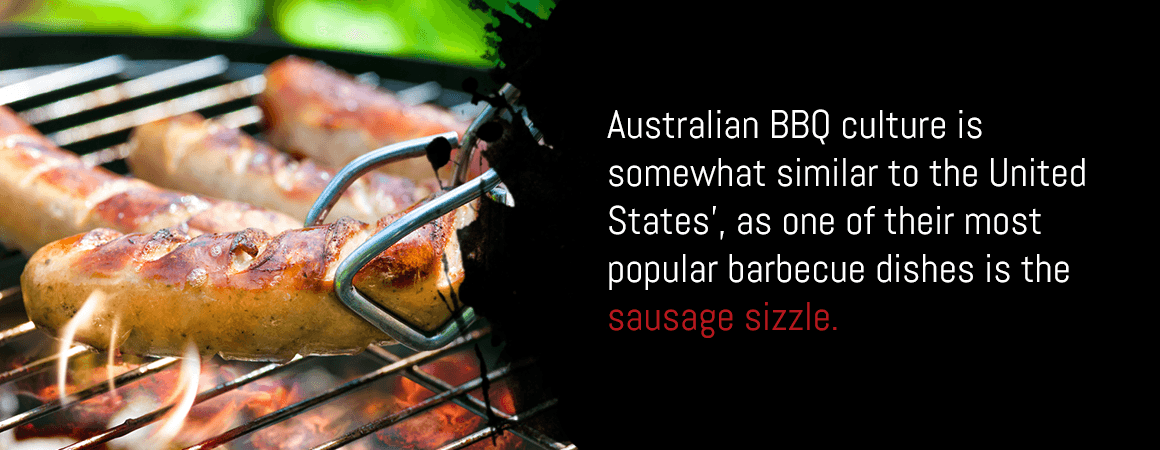
Australian grill masters also frequently add prawns and lamb to their barbecues, taking on a more Middle Eastern and Asian influence. Even the marinades prove diverse, with ingredients like soy, garlic, ginger and chilies proving popular on seafood and yabbies, or freshwater crawfish.
2. New Zealand
Potentially surprising to non-natives, New Zealand has an individual style of barbecuing closer to that of the Pacific Islands. They use the underground technique, burying various meats and vegetables under hot, volcanic stones and in earth pits. Their style of oven is called a hangi, which consists of a pit with hot rocks at the bottom. Cooks place the meat, wrapped in foil or in a metal basket, on the rocks and cover the pit with a wet cloth and loose earth.
Up Your BBQ Game With Grilla Grills
Looking to become the neighborhood pitmaster? Grilla Grills can help you start your journey to backyard stardom. Our pellet grills, smokers and kamado grills are easy to use, versatile and provide your meats with mouthwatering flavor every time. We provide the best value on the market with jungle-direct pricing and grills built like tanks. You can forge your skills on the Silverbac, Grilla, Kong or our latest model, the Chimp.

Join the Grilla Grills family — browse our tips and FAQs or contact us with any questions you may have.
The post BBQ Around the World appeared first on Grilla Grills.
--------------------------
By: WebFX
Title: BBQ Around the World
Sourced From: grillagrills.com/bbq-around-the-world/
Published Date: Wed, 10 Feb 2021 15:38:00 +0000
Did you miss our previous article...
https://smokergrillreviews.com/smokers-and-grills/the-top-10-best-charcoal-grills-under-200




